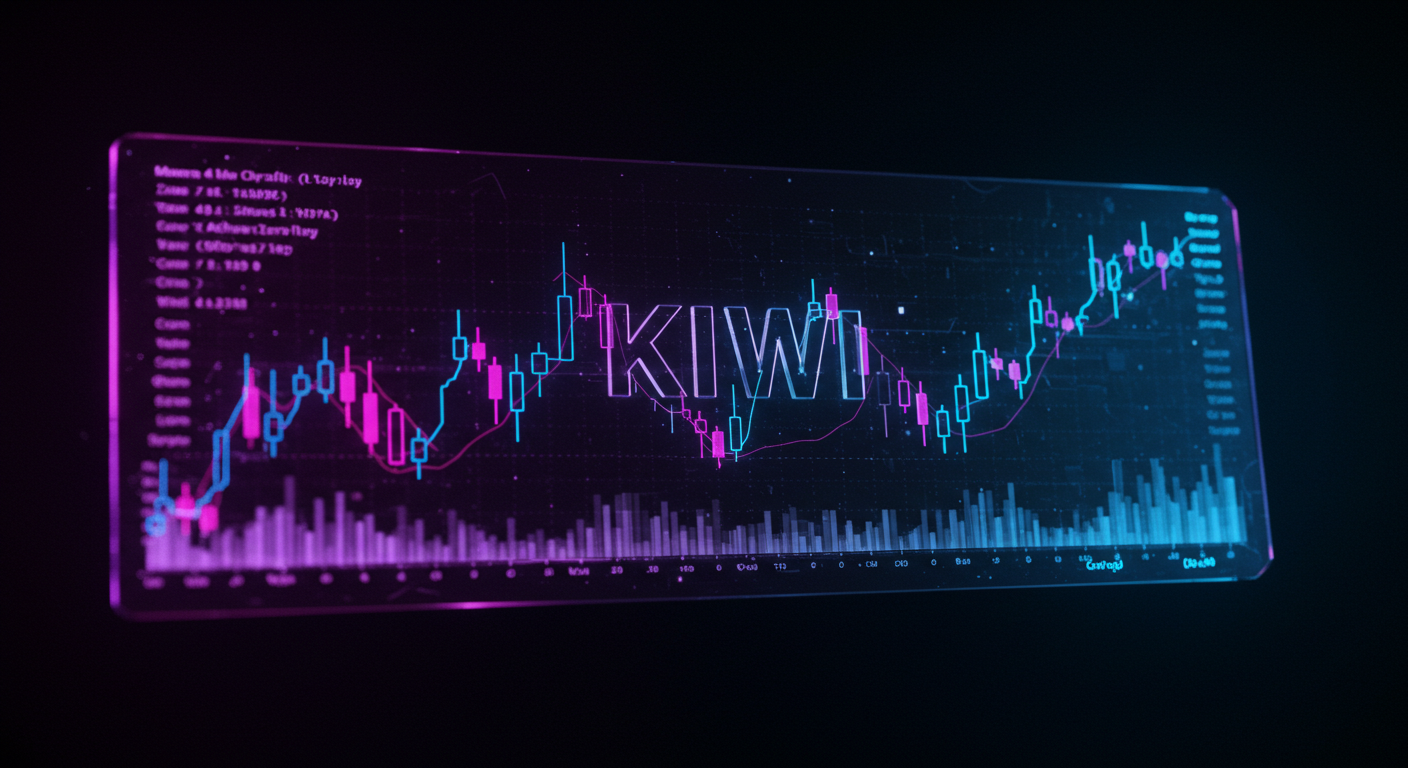Trade talks between the US and the UK are progressing, particularly concerning tariff quotas for steel and vehicles. Despite this, the timeline for reaching a final agreement remains unclear.
Mixed messages from President Trump and Treasury Secretary Scott Bessent have added uncertainty. Bessent is hopeful, but Trump indicates that finalising the deal might take weeks.
Constructive Yet Unclear Negotiations
UK officials find the talks constructive yet hesitate to set a deadline. The negotiations involve issues like Britain’s digital services tax and US access to the UK’s agricultural market. The UK maintains its food safety standards, restricting US meat imports.
The urgency is increasing as a 90-day pause on retaliatory tariffs will end in early July.
What this all means, in straightforward terms, is that discussions between two of the world’s largest economies are progressing with some areas of agreement now taking form, particularly around steel and automotive exports. These talks have moved along, but there’s still no certainty on when a handshake will happen. The initial optimism has become more impatient tension, as the longer this drags on, the more pressure builds—from both the political timetable and a ticking tariff deadline.
Now, Bessent seems upbeat about the forward motion of the talks. That suggests the Treasury is either seeing signs of progress under the surface or attempting to keep markets calm. On the other hand, Trump’s remarks blunt that optimism. They reinforce just how much unpredictability still hangs over this process. That contradiction isn’t just noise. It’s important. It reflects indecision or divergence at the highest level, and it’s precisely this unreliability that destabilises shorter-term positioning.
Timing and Strategic Adjustments
From our side of the table, the tone has remained largely cooperative. Negotiators see signs of constructive dialogue, but they’re clearly holding back from promising anything too soon. They’re also dealing with UK priorities that haven’t softened—importantly, the maintenance of food safety measures and guardrails on certain categories of agriculture. That alone limits the scope of what can be traded away in return. The digital tax question, which continues to irritate across the Atlantic, also remains unresolved. At the moment, there’s little sign this issue will go away without tension.
What matters now is the timing. The 90-day hold on retaliatory measures expires in early July. That puts a timer on exposure. If no agreement is struck—or at least visible progress shown—then duties could return quickly, especially around steel and cars. That, in turn, would affect margins and pricing almost straight away.
Watching the margins tighten and seeing the expiry date creep closer forces our hand a bit—that delay might push some portfolios to hedge more aggressively. The likelihood of longer talks shouldn’t be ignored. More than anything, short-duration strategies probably need updating. Volatility is likely to reappear, slowly at first, potentially spinning tighter within a few weeks. We’ve already seen basis widen on spread products linked to transatlantic export categories, and there’s little reason to think that will pause without a breakthrough headline.
If one side moves to reintroduce levies once the standstill ends, counterparties will react, and correlations will shift accordingly. We’ve modeled a couple of those paths already, and even mild reactions bring pricing dislocations in sensitive derivative sectors—mostly those with exposure to industrial inputs or transport. Length on those should be monitored and positions assessed again at weekly intervals until clarity appears.
So, it makes sense now to evaluate positions that lean on assumptions of a smooth negotiation. Even if agreements ultimately land, we might have days if not weeks of elevated churn. That churn could reset implieds across several risk models. Better to be slightly early on risk realignment here than cornered into reacting as spreads blow out. Longer gamma plays may see shallow but more durable movements once the July clock hits zero.
That’s the shape of what’s next. We adjust in anticipation, not out of guesswork, but informed readiness.











